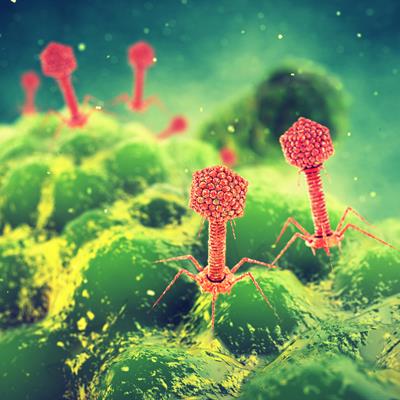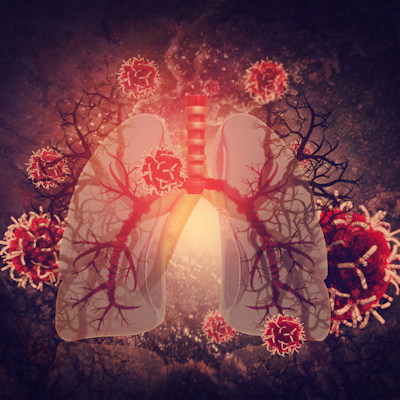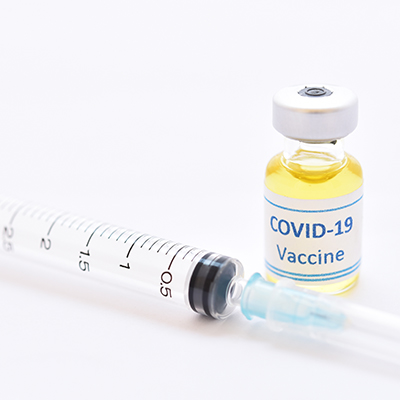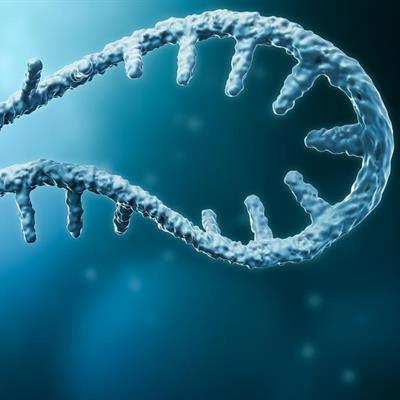November 30, 2022 -- Australian researchers have discovered a new form of antimicrobial resistance (AMR) that is undetectable using traditional testing methods. Their findings may help in the development of future antibiotics to tackle new mechanisms of antibiotic resistance.
The World Health Organization has declared AMR a global health and development threat, naming it one of the top 10 global public health threats facing humanity.
AMR is the inherited ability of a bacterial strain to grow in high antibiotic concentrations as measured by a high minimal inhibitory concentration. In other words, AMR enables bacteria to avoid the direct effects of antibiotics, according to the authors.
The research team, led by Timothy Barnett, PhD, head of the Strep A Pathogenesis and Diagnostics team at the Wesfarmers Centre of Vaccines and Infectious Diseases, based at Telethon Kids Institute in Perth, Australia, has found a critical clue as to how some bacteria can dodge antibiotics.
In their study, published November 30 in the journal Nature Communications, the authors describe a new mechanism that enables bacteria to take up nutrients from their human host and bypass antibiotic treatment. Specifically, they discuss the mechanism of resistance to the antibiotic sulfamethoxazole, which requires a host metabolite for activity.
AMR and can be monitored by in vitro susceptibility testing and genetic methods, according to the researchers. Using a combination of in vitro evolution and metabolic rescue experiments, they identified an energy-coupling factor (ECF) transporter S component gene (ThfT) that enables Group A Streptococcus to acquire extracellular reduced folate compounds.
"Bacteria need to make their own folates to grow and, in turn, cause disease. Some antibiotics work by blocking this folate production to stop bacteria growing and treat the infection ... This new form of resistance is undetectable under conditions routinely used in pathology laboratories, making it very hard for clinicians to prescribe antibiotics that will effectively treat the infection, potentially leading to very poor outcomes and even premature death," Barnett said in a statement.
The team aims to build on their study by further identifying and understanding new mechanisms of antibiotic resistance, which they contend will aid in the discovery of new antibiotics and allow for the monitoring of AMR as it arises. Kalindu Rodrigo, the study's first author and a PhD student at the University of Western Australia/Telethon Kids Institute, will be developing testing methods to detect this antibiotic resistance mechanism to enable effective treatment.
Copyright © 2022 scienceboard.net











